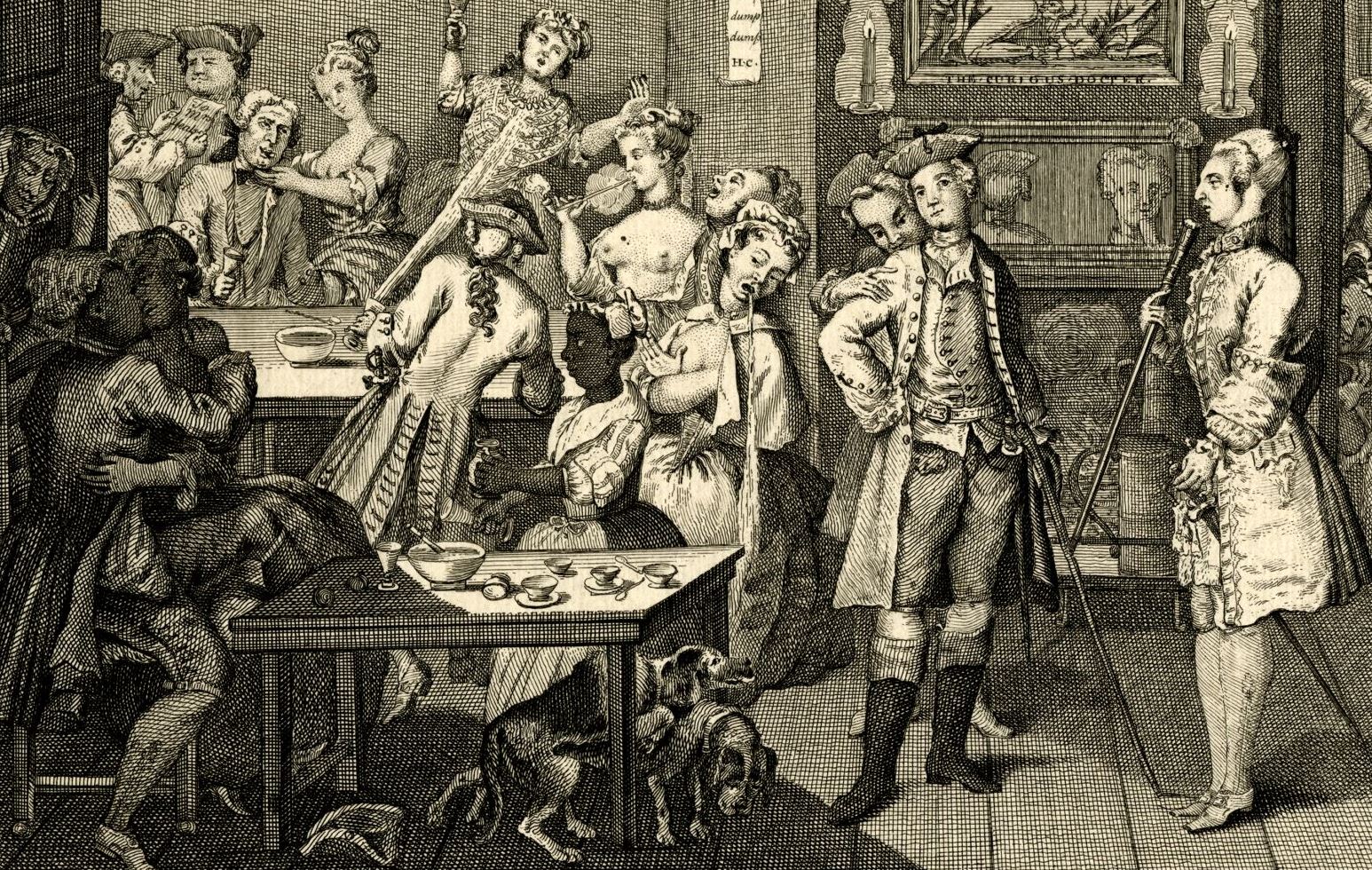Today, the idea of a coffee house brings to mind a cozy place that serves gourmet coffee and espresso drinks, with couches to lounge in while you sip. So how did the coffee house get its start? The history of the coffee house begins hundreds of years ago and certainly has changed over the years.
The First Coffee House in Turkey
The first record of a public place serving coffee dates back to 1475. Kiva Han was the name of the first coffee shop. It was located in the Turkish city of Constantinople (now Istanbul).
Turkish coffee was served strong, black and unfiltered, usually brewed in an ibrik. They took coffee very seriously, too. In fact, it was such an important item during that time, that it was legal in Turkey for a woman to divorce her husband if he could not supply her with enough coffee.
Europeans Transform Coffee
The idea of doctoring up one’s coffee with cream and sweeteners came into fashion in Europe around 1529. This was also when the first coffee house in Europe was established.
Vienna was invaded by the Turkish army, who left many bags of coffee behind when they fled the city. Franz Georg Kolschitzky claimed the coffee as the spoils of war and opened a coffee house. Apparently, he had lived in Turkey and was the only person who recognized the value in the beans. He introduced the idea of filtering coffee, as well as softening the brew with milk and sugar. The beverage was quite a hit, and when coffee houses also started serving sweet pastries and other confectionery treats, their popularity exploded.

British Coffee Houses
Coffee establishments continued to spread, with the first one opening up in Britain in 1652. Though its popularity was growing in Europe, the idea arrived in England again from Turkey. An English merchant who dealt in Turkish goods (including coffee) had two of his servants leave him, to go into business for themselves. “The Turk’s Head” coffee house was born.
It was in an English coffee house that the word “tips” was first used for gratuities. A jar with a sign reading, “To Insure Prompt Service” sat on the counter. You put a coin in the jar to be served quickly.
The British called their coffee houses, “penny universities.” That was the price for the coffee and the social upper-class of businessmen were found there. In fact, a small coffee shop run by Edward Lloyd in 1668 was such a business hub. It eventually became the still-operating Lloyd’s of London insurance company.
From there, the idea spread further through Europe; Italy in 1654 and then Paris in 1672. Germany embraced the coffee house for the first time in 1673.
The American Coffee House
When America was colonized, the coffee house was quick to follow. The role of the American coffee house was the same as those in England: hotspots for the business community. The Tontine Coffee House (1792) in New York was the original location for the New York Stock Exchange because so much business was conducted there.
Espresso Arrives
Up until this time, coffee houses were serving regular coffee. Then came espresso. In 1946, Gaggia invented the commercial piston espresso machine, which was far easier to use and safer than earlier models. The Gaggia coffee bar in Italy was the first location to use these machines and to offer espresso along with regular coffee. The modern age of coffee houses was born.

Modern Coffee Shops
The age-old coffee house should not be confused with the coffee shop of recent decades. Coffee shops are really restaurants that serve a typical menu of diner food, along with basic coffee.
Tim Hortons of Canada is a good example of a popular coffee shop that has somewhat transcended the basic “diner.” Though they serve a wide menu of food, they are known across the country for their excellent coffee. Even so, most people wouldn’t class them as a coffee house because for quite some time they didn’t serve espresso or any espresso-based drinks.
And who could forget the most popular and wide-spread coffee house of them all, Starbucks? They opened their first store in 1971 in Seattle and have taken the world by storm with more than 8,000 locations.
Whether you prefer the wide-spread chains or the local independent coffee house, you’re taking a step into a long history of coffee each time you stop for a latte.
Font: https://www.thespruceeats.com/evolution-of-the-coffee-house-765825


